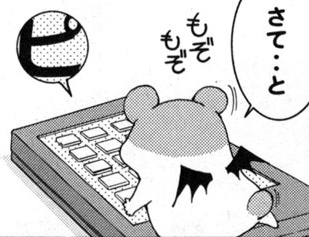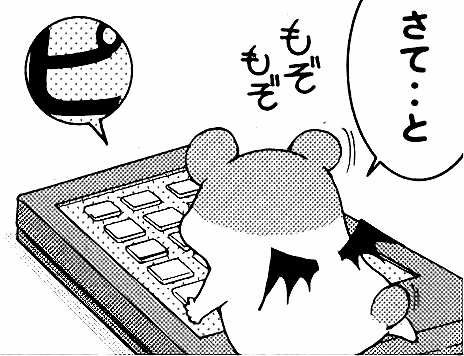CVPR Paper | Arxiv | Project Website | BibTex
This is a modified version made by me, bycloud. Please refer the original author here for credit.
Belows shows an example of our restored manga image. The image comes from the Manga109 dataset.
Follow this YouTube tutorial or if you have any questions feel free to join my discord and ask there.
Clone this repository and place it anywhere you want on your PC.
Download the models below and create a folder called release_model/ and put it under there.
We are going to use Anaconda3, download Anaconda3 if you don't have it.
- Create conda environment:
conda create -n EAMR python=3.6
conda activate EAMR
2-1. Setup conda env for nvidia non-30 series GPU:
conda install pytorch torchvision torchaudio cudatoolkit=10.2 -c pytorch
2-2. Setup conda env for nvidia 30 series GPU:
conda install pytorch torchvision torchaudio cudatoolkit=11.3 -c pytorch
2-3. Setup conda env for non-nvidia GPU:
conda install pytorch torchvision torchaudio cpuonly -c pytorch
- Install the dependencies
cd WHERE_YOU_CLONED_THIS_REPO
pip install -r requirements.txt
- To reuse the created conda environment after you close the prompt, you just need to:
conda activate EAMR
- Create folder
datazip/manga1/test/andflist/manga1/ - Place your test images under
datazip/manga1/test/ - Run:
python scripts/flist.py --path datazip/manga1/test --output flist/manga1/test.flist
This generates a test.flist for your test images
- Run:
python testreal.py -c configs/manga.json -n resattencv -s 256
and your results will be under MangaRestoration\release_model\resattencv_manga_cons256\results_real_00400\
As a popular entertainment art form, manga enriches the line drawings details with bitonal screentones. However, manga resources over the Internet usually show screentone artifacts because of inappropriate scanning/rescaling resolution. In this paper, we propose an innovative two-stage method to restore quality bitonal manga from degraded ones. Our key observation is that the aliasing induced by downsampling bitonal screentones can be utilized as informative clues to infer the original resolution and screentones. First, we predict the target resolution from the degraded manga via the Scale Estimation Network (SE-Net) with spatial voting scheme. Then, at the target resolution, we restore the region-wise bitonal screentones via the Manga Restoration Network (MR-Net) discriminatively, depending on the degradation degree. Specifically, the original screentones are directly restored in pattern-identifiable regions, and visually plausible screentones are synthesized in pattern-agnostic regions. Quantitative evaluation on synthetic data and visual assessment on real-world cases illustrate the effectiveness of our method.
You are granted with the LICENSE for both academic and commercial usages.
If any part of our paper and code is helpful to your work, please generously cite with:
@inproceedings{xie2021exploiting,
author = {Minshan Xie and Menghan Xia and Tien-Tsin Wong},
title = {Exploiting Aliasing for Manga Restoration},
booktitle = {The IEEE Conference on Computer Vision and Pattern Recognition},
year = {2021},
pages = {13405--13414}
}

